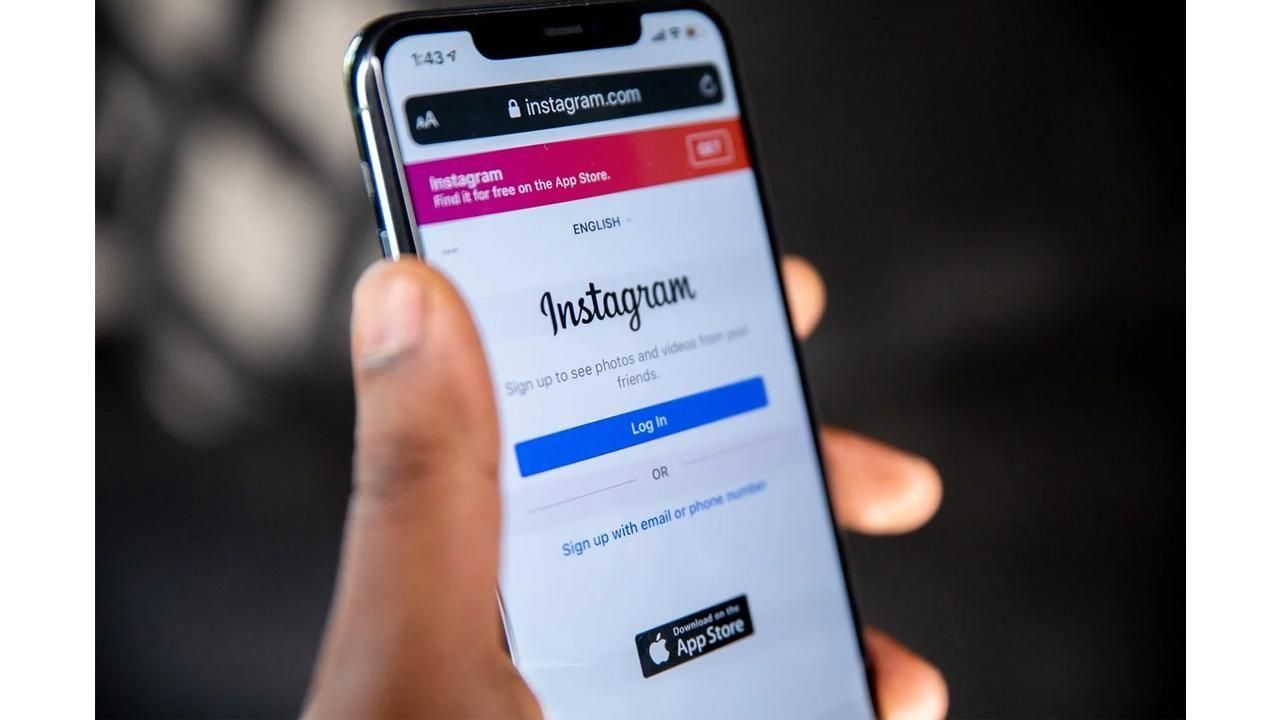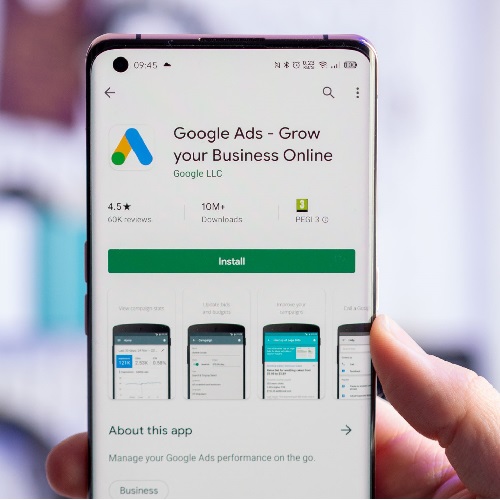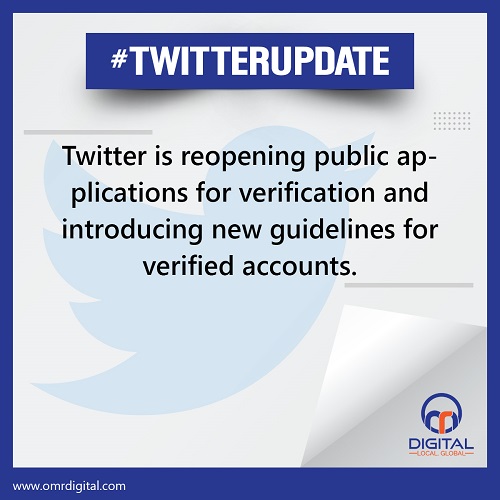
Contact Us
Related Posts
Category
Advertising metrics are a way to evaluate the effectiveness of paid advertisements. Paid advertisements are one of the most effective ways to generate new leads and increase revenue for the business but it requires consistent monitoring and tracking.
When you start looking for advertising metrics, many option pops up but we have a list of 14 critical advertising metrics to track your advertisement’s effectiveness and progress. These 14 metrics include:
- Bounce Rate
- Website Traffic
- Impressions
- Cost Per Thousand (CPM)
- Clicks
- Cost Per Click (CPC)
- Click-through Rate (CTR)
- Cost Per View (CPV)
- Engagement Rate
- Return on Investment (ROI)
- Conversion Rate
- Return on Ad Spend (ROAS)
- Cost Per Acquisition (CPA)
- Customer Lifetime Value (CLV)
Let’s dig into the details of the advertising metrics to track in 2023!
Why You Need to Track Advertising Metrics?
Before diving into the ad metrics, it is important to understand why it is necessary to track them. There are many benefits of the same but the three mentioned below are the most important of all-
Tracking Ad Metrics Helps You Understand Ad Performance
For a business, putting ads online is not enough. Many business owners put ads on Google and never look back and expect to see a miraculous boom in their traffic and revenue. However, it does not work this way, once you put up an ad, you need to consistently monitor the same for effective results. Tracking ad metrics helps you ensure desired results and reach your target audience.
Tracking Ad Metrics Helps You Improve Your Ads
You may have created a perfect ad of your imagination but it may not launch the success you desire and fall short with your target audience. With the help of ad metrics tracking, you can improve the quality of ads or make necessary changes according to the response by analyzing what is happening with your ad, so you can adjust and improve it.
Tracking Ad Metrics Helps You Improve Your Return on Investment (ROI)
Ads campaign requires a chunk of your digital marketing budget and you need to ensure that you get the best out of the worth of every penny you have invested in it.When you track the advertising metrics, you can analyze if you are getting the desired ROI or not. If not you can change and adjust your ad campaign accordingly.
14 Advertising Metrics to Watch in 2023
Ad Metric #1: Bounce Rate
Bounce Rate measures the percentage of visitors who land on a webpage or website and leave without taking any further action, such as clicking on other pages or interacting with the site. A high bounce rate usually indicates that visitors are not finding what they are looking for or that the landing page isn’t engaging enough.
Ad Metric #2: Website Traffic
Website Traffic represents the total number of visitors who access a website during a specific period. A crucial metric helps businesses understand the overall performance of their website and the effectiveness of their marketing efforts in attracting visitors.
Ad Metric #3: Impressions
Impressions refer to the number of times an ad or piece of content is displayed to users online. This metric shows how many times the ad appeared, regardless of whether users clicked on it or not. It is particularly relevant in display advertising and social media campaigns.
Ad Metric #4: Cost Per Mille (CPM)
Cost Per Thousand (CPM) is the cost an advertiser pays for every one thousand impressions of their ad. It is a common pricing model in display advertising, where the advertiser pays a set rate for every one thousand-ad view, regardless of click-through rates.
Ad Metric #5: Clicks
Clicks represent the number of times users interacted with an ad or a link, taking them to the advertiser’s landing page or website. Clicks are a fundamental metric for measuring the effectiveness of online advertising campaigns.
Ad Metric #6: Cost Per Click (CPC)
Cost Per Click (CPC) refers to the cost an advertiser pays for each click on their ad. It is calculated by dividing the total cost of the ad campaign by the number of clicks generated. CPC is essential for understanding how much each click is costing and optimizing ad budgets.
Ad Metric #7: Click-through Rate (CTR)
Click-through Rate (CTR) is the percentage of ad viewers who clicked on the ad to visit the advertiser’s website. It is calculated by dividing the number of clicks by the number of ad impressions and then multiplying by 100. CTR is a valuable metric for measuring ad engagement.
Ad Metric #8: Cost Per View (CPV)
Cost Per View (CPV) is the cost an advertiser pays for each view of their video ad. It is commonly used in video advertising campaigns, where advertisers pay based on the number of times their video ad is watched.
Ad Metric #9: Engagement Rate
Engagement Rate is a metric used to measure the level of audience interaction with content or ads. It is calculated by dividing the total number of engagements (such as likes, comments, shares, etc.) by the total number of impressions or followers, then multiplying by 100.
Ad Metric #10: Return on Investment (ROI)
Return on Investment (ROI) is a crucial metric for assessing the profitability of an ad campaign. It measures the return gained from an investment relative to its cost. A positive ROI indicates that the investment has generated profit, while a negative ROI means the investment resulted in a loss.
Ad Metric #11: Conversion Rate
Conversion Rate measures the percentage of visitors who complete a desired action, such as making a purchase, signing up for a newsletter, or filling out a form. It is calculated by dividing the number of conversions by the total number of visitors and then multiplying by 100.
Ad Metric #12: Return on Ad Spend (ROAS)
Return on Ad Spend (ROAS) is a metric that calculates the revenue generated from an ad campaign relative to the cost of the campaign. It helps advertisers determine how effective their ad spending is in driving revenue.
ROAS Calculator
A tool that helps advertisers calculate their Return on Ad Spend (ROAS) to determine the profitability of their advertising campaigns.
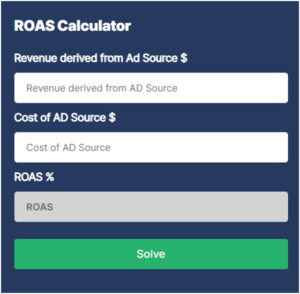
Ad Metric #13: Cost Per Acquisition (CPA)
Cost Per Acquisition (CPA) is the average cost an advertiser incurs to acquire a new customer. It is calculated by dividing the total cost of the ad campaign by the number of new customers acquired during that campaign.
Ad Metric #14: Customer Lifetime Value (CLV)
Customer Lifetime Value (CLV) is the projected revenue a business can expect from a single customer throughout their relationship. It helps businesses understand the long-term value of acquiring and retaining customers.
CLV Calculator
A tool that assists businesses in calculating the Customer Lifetime Value (CLV) to make informed decisions about customer acquisition and retention strategies.
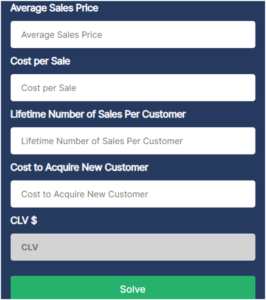
Get Help Tracking Ad Metrics in 2023 by OMR Digital!
If you need help tracking ad metrics in 2023, OMR Digital can provide expert assistance and solutions for monitoring and optimizing your advertising campaigns. We have a team of highly dedicated and data-driven digital marketing experts who can provide you with the best response to your ad budget.
OMR Digital can help you create effective ad campaigns and proper positioning to improve your advertisement metrics. So if you want to get the best out of your marketing budget through digital ads, contact us today via email at info@omrdigital.com or via phone at +91 898-954-3589 and get the best out of your Google Ads budget.

Advertising metrics are a way to evaluate the effectiveness of paid advertisements. Paid advertisements are one of the most effective ways to generate new leads and increase revenue for the business but it requires consistent monitoring and tracking.
When you start looking for advertising metrics, many option pops up but we have a list of 14 critical advertising metrics to track your advertisement’s effectiveness and progress. These 14 metrics include:
- Bounce Rate
- Website Traffic
- Impressions
- Cost Per Thousand (CPM)
- Clicks
- Cost Per Click (CPC)
- Click-through Rate (CTR)
- Cost Per View (CPV)
- Engagement Rate
- Return on Investment (ROI)
- Conversion Rate
- Return on Ad Spend (ROAS)
- Cost Per Acquisition (CPA)
- Customer Lifetime Value (CLV)
Let’s dig into the details of the advertising metrics to track in 2023!
Why You Need to Track Advertising Metrics?
Before diving into the ad metrics, it is important to understand why it is necessary to track them. There are many benefits of the same but the three mentioned below are the most important of all-
Tracking Ad Metrics Helps You Understand Ad Performance
For a business, putting ads online is not enough. Many business owners put ads on Google and never look back and expect to see a miraculous boom in their traffic and revenue. However, it does not work this way, once you put up an ad, you need to consistently monitor the same for effective results. Tracking ad metrics helps you ensure desired results and reach your target audience.
Tracking Ad Metrics Helps You Improve Your Ads
You may have created a perfect ad of your imagination but it may not launch the success you desire and fall short with your target audience. With the help of ad metrics tracking, you can improve the quality of ads or make necessary changes according to the response by analyzing what is happening with your ad, so you can adjust and improve it.
Tracking Ad Metrics Helps You Improve Your Return on Investment (ROI)
Ads campaign requires a chunk of your digital marketing budget and you need to ensure that you get the best out of the worth of every penny you have invested in it.When you track the advertising metrics, you can analyze if you are getting the desired ROI or not. If not you can change and adjust your ad campaign accordingly.
14 Advertising Metrics to Watch in 2023
Ad Metric #1: Bounce Rate
Bounce Rate measures the percentage of visitors who land on a webpage or website and leave without taking any further action, such as clicking on other pages or interacting with the site. A high bounce rate usually indicates that visitors are not finding what they are looking for or that the landing page isn’t engaging enough.
Ad Metric #2: Website Traffic
Website Traffic represents the total number of visitors who access a website during a specific period. A crucial metric helps businesses understand the overall performance of their website and the effectiveness of their marketing efforts in attracting visitors.
Ad Metric #3: Impressions
Impressions refer to the number of times an ad or piece of content is displayed to users online. This metric shows how many times the ad appeared, regardless of whether users clicked on it or not. It is particularly relevant in display advertising and social media campaigns.
Ad Metric #4: Cost Per Mille (CPM)
Cost Per Thousand (CPM) is the cost an advertiser pays for every one thousand impressions of their ad. It is a common pricing model in display advertising, where the advertiser pays a set rate for every one thousand-ad view, regardless of click-through rates.
Ad Metric #5: Clicks
Clicks represent the number of times users interacted with an ad or a link, taking them to the advertiser’s landing page or website. Clicks are a fundamental metric for measuring the effectiveness of online advertising campaigns.
Ad Metric #6: Cost Per Click (CPC)
Cost Per Click (CPC) refers to the cost an advertiser pays for each click on their ad. It is calculated by dividing the total cost of the ad campaign by the number of clicks generated. CPC is essential for understanding how much each click is costing and optimizing ad budgets.
Ad Metric #7: Click-through Rate (CTR)
Click-through Rate (CTR) is the percentage of ad viewers who clicked on the ad to visit the advertiser’s website. It is calculated by dividing the number of clicks by the number of ad impressions and then multiplying by 100. CTR is a valuable metric for measuring ad engagement.
Ad Metric #8: Cost Per View (CPV)
Cost Per View (CPV) is the cost an advertiser pays for each view of their video ad. It is commonly used in video advertising campaigns, where advertisers pay based on the number of times their video ad is watched.
Ad Metric #9: Engagement Rate
Engagement Rate is a metric used to measure the level of audience interaction with content or ads. It is calculated by dividing the total number of engagements (such as likes, comments, shares, etc.) by the total number of impressions or followers, then multiplying by 100.
Ad Metric #10: Return on Investment (ROI)
Return on Investment (ROI) is a crucial metric for assessing the profitability of an ad campaign. It measures the return gained from an investment relative to its cost. A positive ROI indicates that the investment has generated profit, while a negative ROI means the investment resulted in a loss.
Ad Metric #11: Conversion Rate
Conversion Rate measures the percentage of visitors who complete a desired action, such as making a purchase, signing up for a newsletter, or filling out a form. It is calculated by dividing the number of conversions by the total number of visitors and then multiplying by 100.
Ad Metric #12: Return on Ad Spend (ROAS)
Return on Ad Spend (ROAS) is a metric that calculates the revenue generated from an ad campaign relative to the cost of the campaign. It helps advertisers determine how effective their ad spending is in driving revenue.
ROAS Calculator
A tool that helps advertisers calculate their Return on Ad Spend (ROAS) to determine the profitability of their advertising campaigns.

Ad Metric #13: Cost Per Acquisition (CPA)
Cost Per Acquisition (CPA) is the average cost an advertiser incurs to acquire a new customer. It is calculated by dividing the total cost of the ad campaign by the number of new customers acquired during that campaign.
Ad Metric #14: Customer Lifetime Value (CLV)
Customer Lifetime Value (CLV) is the projected revenue a business can expect from a single customer throughout their relationship. It helps businesses understand the long-term value of acquiring and retaining customers.
CLV Calculator
A tool that assists businesses in calculating the Customer Lifetime Value (CLV) to make informed decisions about customer acquisition and retention strategies.

Get Help Tracking Ad Metrics in 2023 by OMR Digital!
If you need help tracking ad metrics in 2023, OMR Digital can provide expert assistance and solutions for monitoring and optimizing your advertising campaigns. We have a team of highly dedicated and data-driven digital marketing experts who can provide you with the best response to your ad budget.
OMR Digital can help you create effective ad campaigns and proper positioning to improve your advertisement metrics. So if you want to get the best out of your marketing budget through digital ads, contact us today via email at info@omrdigital.com or via phone at +91 898-954-3589 and get the best out of your Google Ads budget.






















